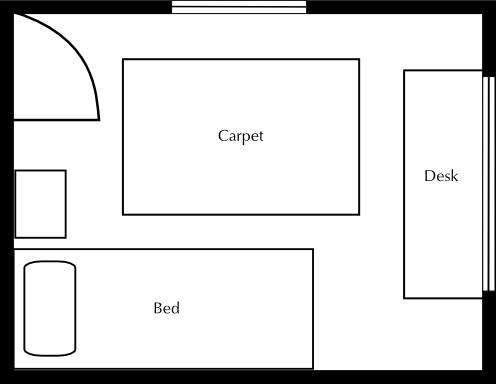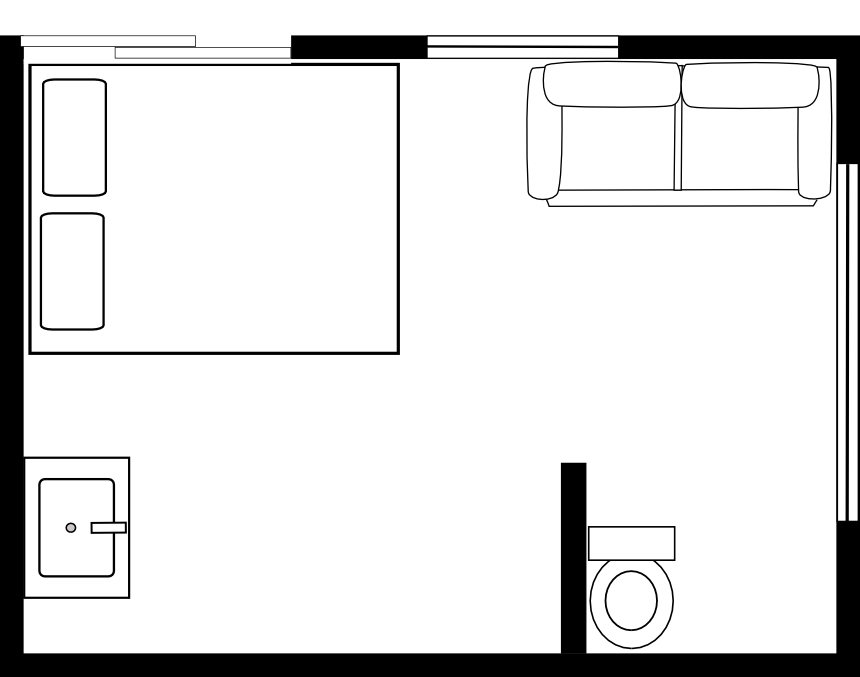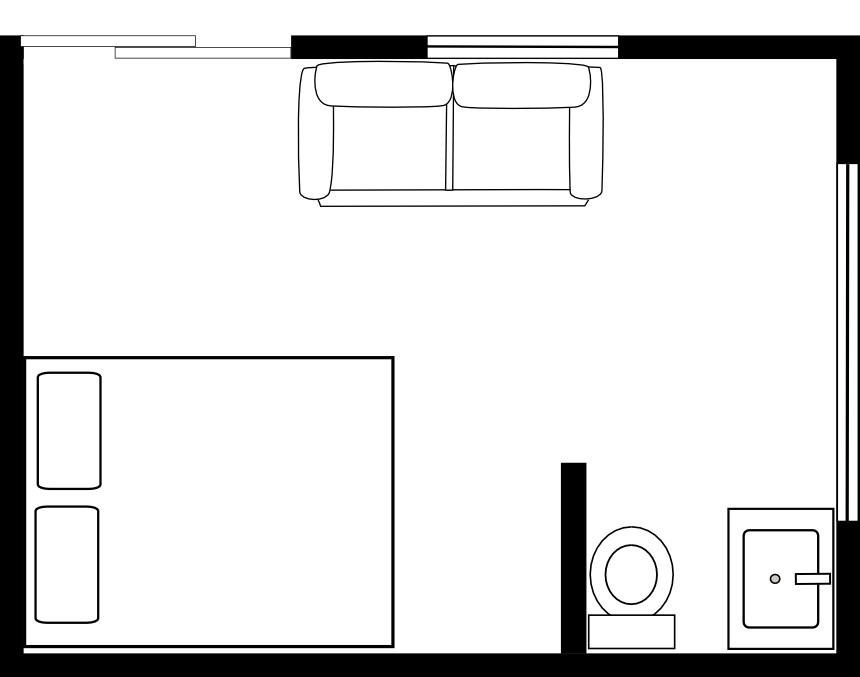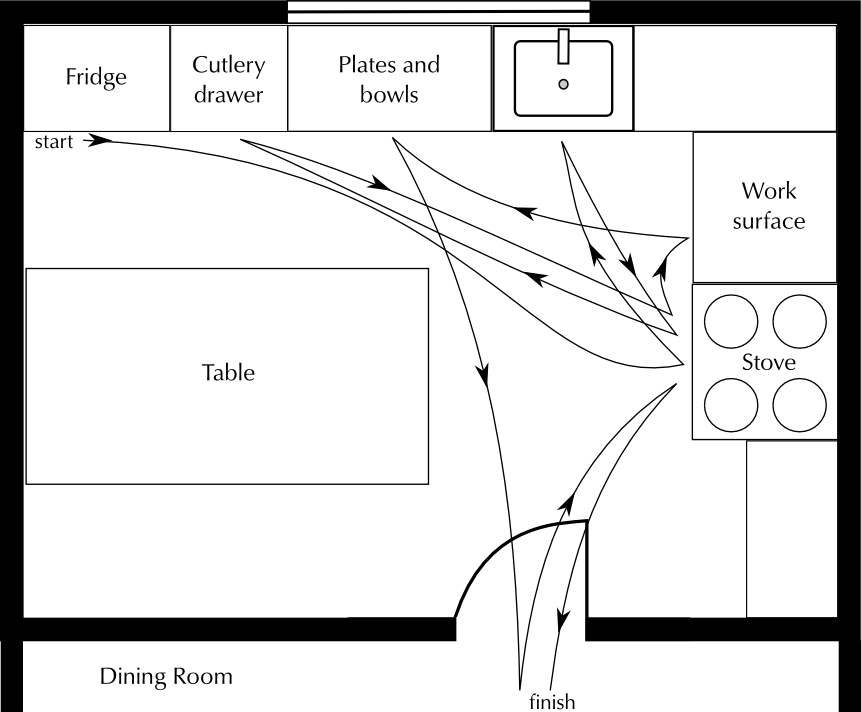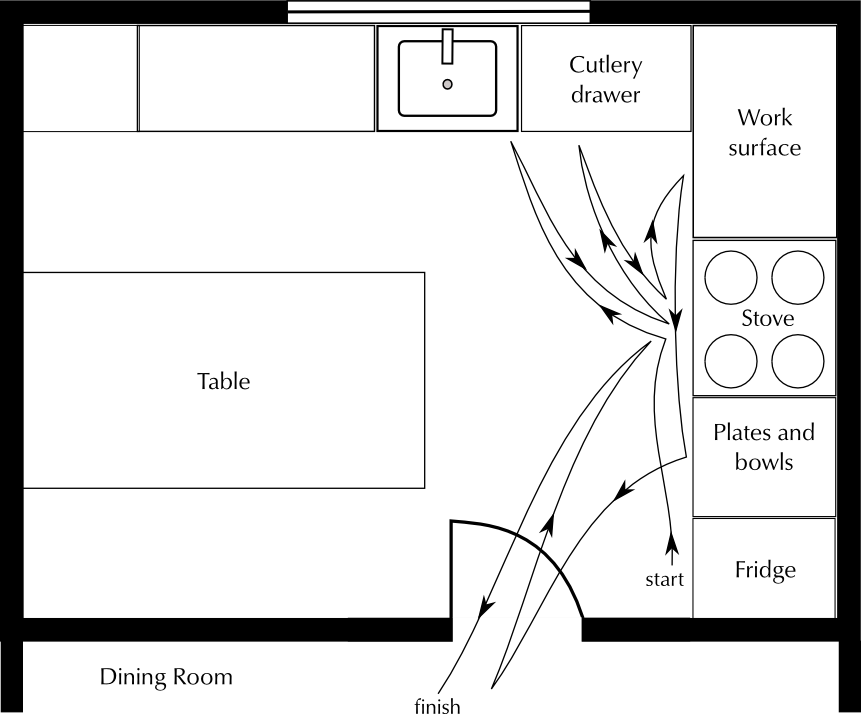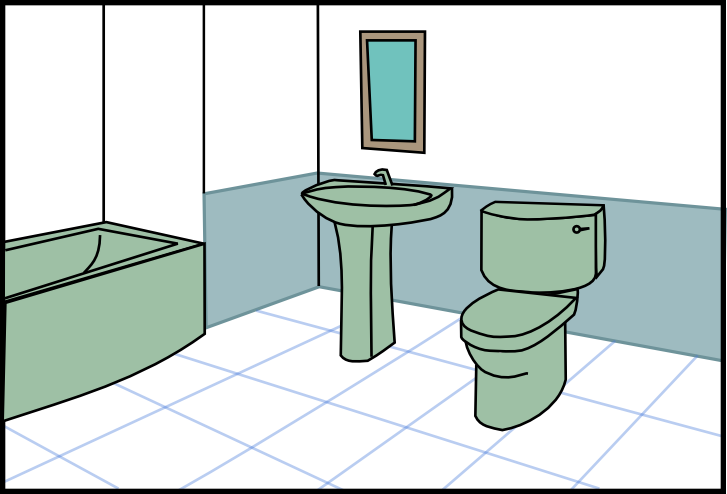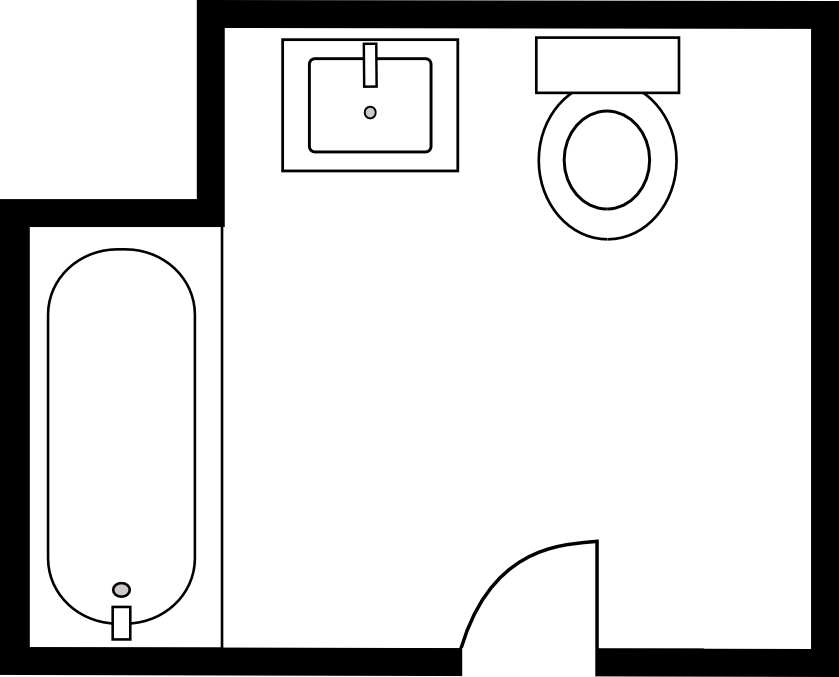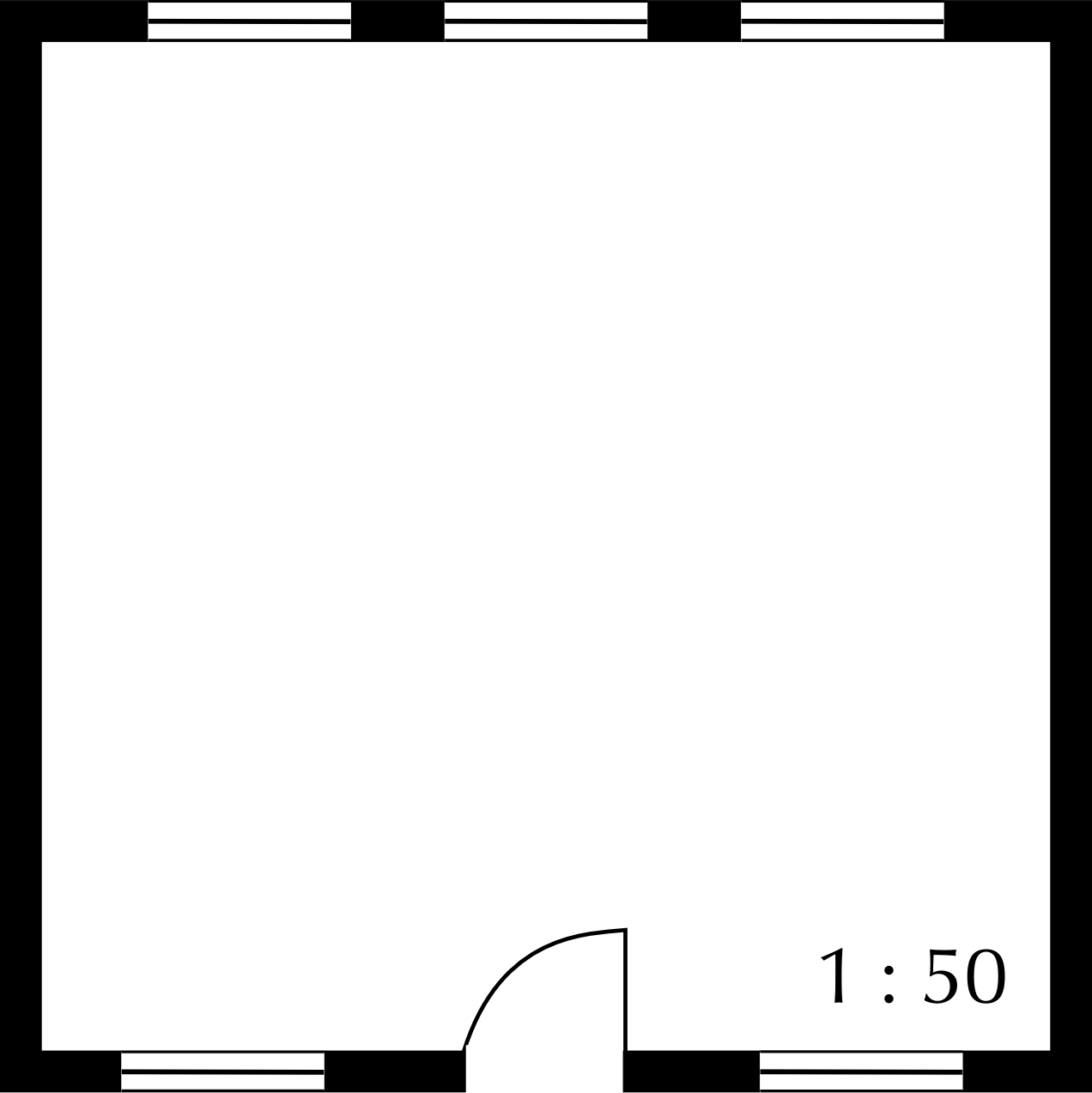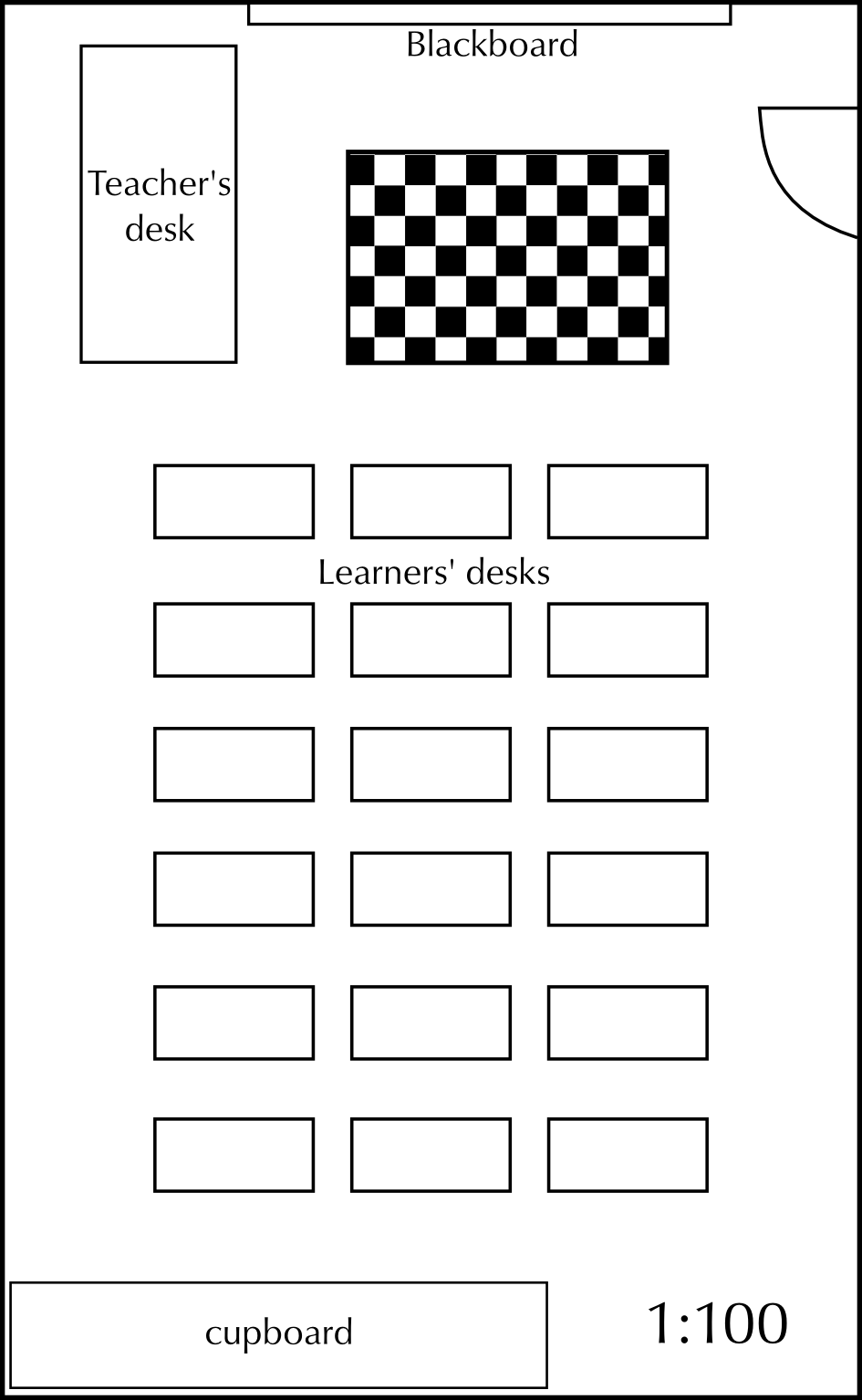Complete the following table:
| Measurement on the plan | Calculation | Measurement in real life |
Length of the classroom | | | |
Width of the classroom | | | |
Length of the checkered rug | | | |
Width of the checkered rug | | | |
| Measurement on the plan | Calculation | Measurement in real life |
Length of the classroom | \(\text{13}\) \(\text{cm}\) | \(\text{13}\)\(\times\)\(\text{100}\) \(\text{cm}\) = \(\text{1 300}\) \(\text{cm}\) | \(\text{1 300}\) \(\text{cm}\)\(\div\)\(\text{100}\) \(\text{cm}\) = \(\text{13}\) \(\text{m}\) |
Width of the classroom | \(\text{8}\) \(\text{cm}\) | \(\text{8}\)\(\times\)\(\text{100}\) \(\text{cm}\) = \(\text{800}\) \(\text{cm}\) | \(\text{800}\) \(\text{cm}\)\(\div\)\(\text{100}\) \(\text{cm}\) = \(\text{8}\) \(\text{m}\) |
Length of the checkered rug | \(\text{3}\) \(\text{cm}\) | \(\text{3}\)\(\times\)\(\text{100}\) \(\text{cm}\) = \(\text{300}\) \(\text{cm}\) | \(\text{300}\) \(\text{cm}\)\(\div\)\(\text{100}\) \(\text{cm}\) = \(\text{3}\) \(\text{m}\) |
Width of the checkered rug | \(\text{2}\) \(\text{cm}\) | \(\text{2}\)\(\times\)\(\text{100}\) \(\text{cm}\) = \(\text{200}\) \(\text{cm}\) | \(\text{200}\) \(\text{cm}\)\(\div\)\(\text{100}\) \(\text{cm}\) = \(\text{2}\) \(\text{m}\) |
The teacher wants to replace the checkered rug. Calculate how big the new rug must be in m\(^{\text{2}}\).
New rug: Area = length \(\times\) width = \(\text{3}\) \(\text{m}\) \(\times\) \(\text{2}\) \(\text{m}\) = \(\text{6}\) \(\text{m}\)\(^{\text{2}}\)
If the rug cost \(\text{R}\,\text{800}\) in total, determine the cost per m\(^{\text{2}}\).
Cost per m\(^{\text{2}}\) = \(\text{R}\,\text{800}\) \(\div\) \(\text{6}\) \(\text{m}\)\(^{\text{2}}\) = \(\text{R}\,\text{133,3333}\)\(\ldots\) = \(\text{R}\,\text{133,33}\) per m\(^{\text{2}}\)


